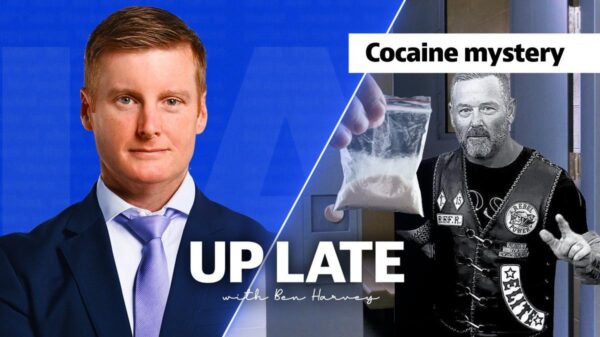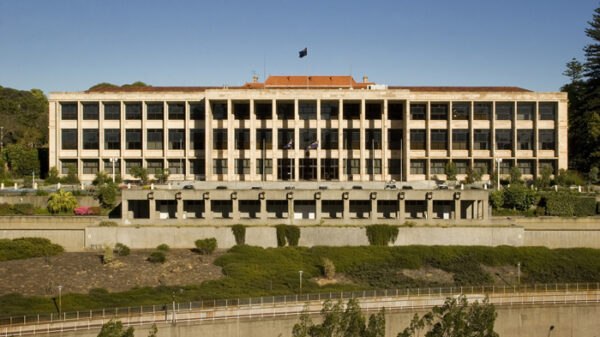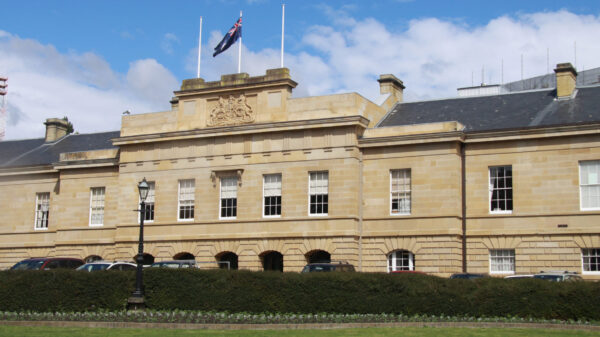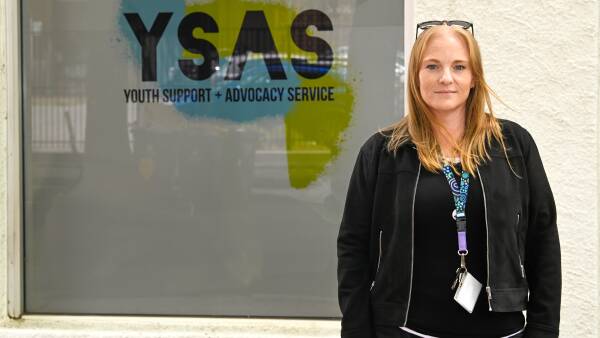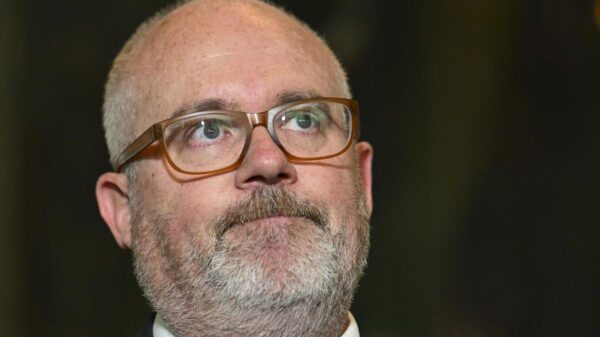UPDATE: Wage growth in Australia has shown signs of slowing, providing a potential reprieve for the Reserve Bank of Australia (RBA) amid rising inflation concerns. The Australian Bureau of Statistics reported that wages grew by 3.4 percent in the year leading to September 2023, aligning with RBA expectations but signaling a shift in momentum.
Private sector wage growth has dipped from 3.4 percent to 3.2 percent, primarily driven by a recent 3.5 percent increase granted by the Fair Work Commission. Meanwhile, public sector wages surged by 3.8 percent, with state governments accounting for a staggering 82 percent of this growth. Michelle Marquardt, head of prices statistics at the Bureau, confirmed these figures earlier today, highlighting the disparity between public and private sector wage dynamics.
The slowdown in private sector wages could alleviate fears of an overly tight labor market. “At face value, the private sector outcome mitigates some fear around an overly tight labor market,” said NAB senior associate economist Jessie Cameron. However, AMP economist My Bui warned that slower wage momentum may impact inflation, which unexpectedly rose to 3.2 percent in the September quarter.
The tightening of labor markets is critical for controlling inflation, which remains a top concern for the RBA. Minutes from the RBA’s board meeting on Melbourne Cup day revealed apprehensions over high growth in unit labor costs, complicating efforts to stabilize inflation.
Despite these challenges, Treasurer Jim Chalmers noted that the latest data represents the longest period of consecutive annual real wage growth in nearly a decade. “This is an encouraging outcome that shows our policies to deliver higher wages for workers are paying off for hardworking Australians,” Chalmers stated. Yet, the increase in inflation has diminished real wage growth from 1.3 percent down to 0.2 percent.
Opposition housing spokesman Andrew Bragg criticized the government’s reliance on non-market sector job growth, highlighting that unemployment is up since the government took office in May 2022. “There are fewer Australians in work,” he remarked, emphasizing the need for a balanced approach to economic recovery.
As of October, a record 14,683,200 Australians are employed, reflecting ongoing labor market resilience. Analysts will be closely monitoring upcoming employment surveys and inflation reports to gauge future trends.
The RBA continues to face a high bar for potential interest rate cuts, with economic indicators showing mixed signals. This latest wage data underscores the complex relationship between wages, inflation, and labor market dynamics, making the outlook for future economic policy decisions increasingly critical.
Stay tuned for more updates as this situation develops.


